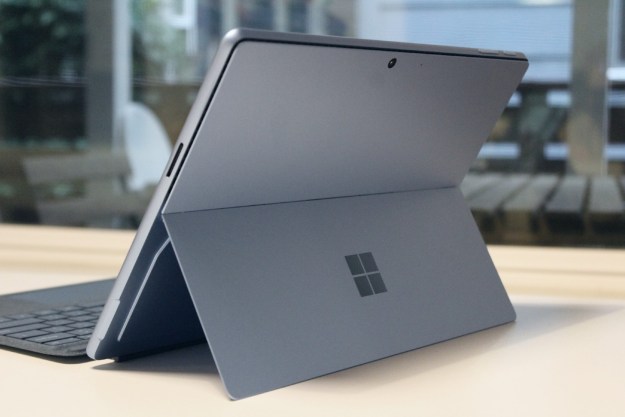Windows 10 inbox applications are the basic apps that come pre-installed with the operating system. Things like the Photos app, or Maps. In an effort to, as Microsoft describes it, “provide Windows customers with the highest quality inbox apps possible,” it will be pausing its updates for Windows Insiders. The idea is to bring inbox apps in line with Windows builds, rather than send out updates for them individually.
While that is something that will change moving forward, the latest Insider build is now doing the rounds in the Windows 10 Fast ring, is a little more impactful. Windows Defender Application Guard will now have persistent Microsoft Edge data across sessions. It will be accessible next time you decide to browse as part of a Guard session.
In an update of the Windows Defender Security Center, Windows 10 users running this latest Insider build can now alter exploit protection settings. You will be able to configure and manage the way Windows and its applications mitigate exploits, as well as audit the system as it currently stands to check to see if any exploits may have been used on your system.
Microsoft acknowledges that this feature may not work quite as intended just yet, as it is a work in progress, but should offer much more detailed feedback for those who are keen to see their system protected.
Windows Defender Antivirus is also being bolstered in this new build. In an effort to better protect important files from ransomware, you can now blacklist and whitelist certain apps from accessing particularly important folders. Windows Defender can monitor those folders and will let you know if certain apps attempt to access it and alter the files within without prior permission.
You will be able to select particular files yourself, though there is also a default list, which includes the likes of Windows Documents, Pictures, Movies and the Desktop. Those are automatically protected when the feature is enabled.
Although you will need to be part of the Windows Insider Fast ring to make use of these new features, if you are and want to know how to enable them, Microsoft breaks down each update on its blog. It also has a long list of additional improvements and fixes, as well as a few outstanding issues it is already aware of.
Editors' Recommendations
- Windows 11 might nag you about AI requirements soon
- The most common Windows 11 problems and how to fix them
- Windows 11 vs. Windows 10: finally time to upgrade?
- Beware! The latest Windows 11 update might crash your PC
- The Windows 11 Android app dream is dead




